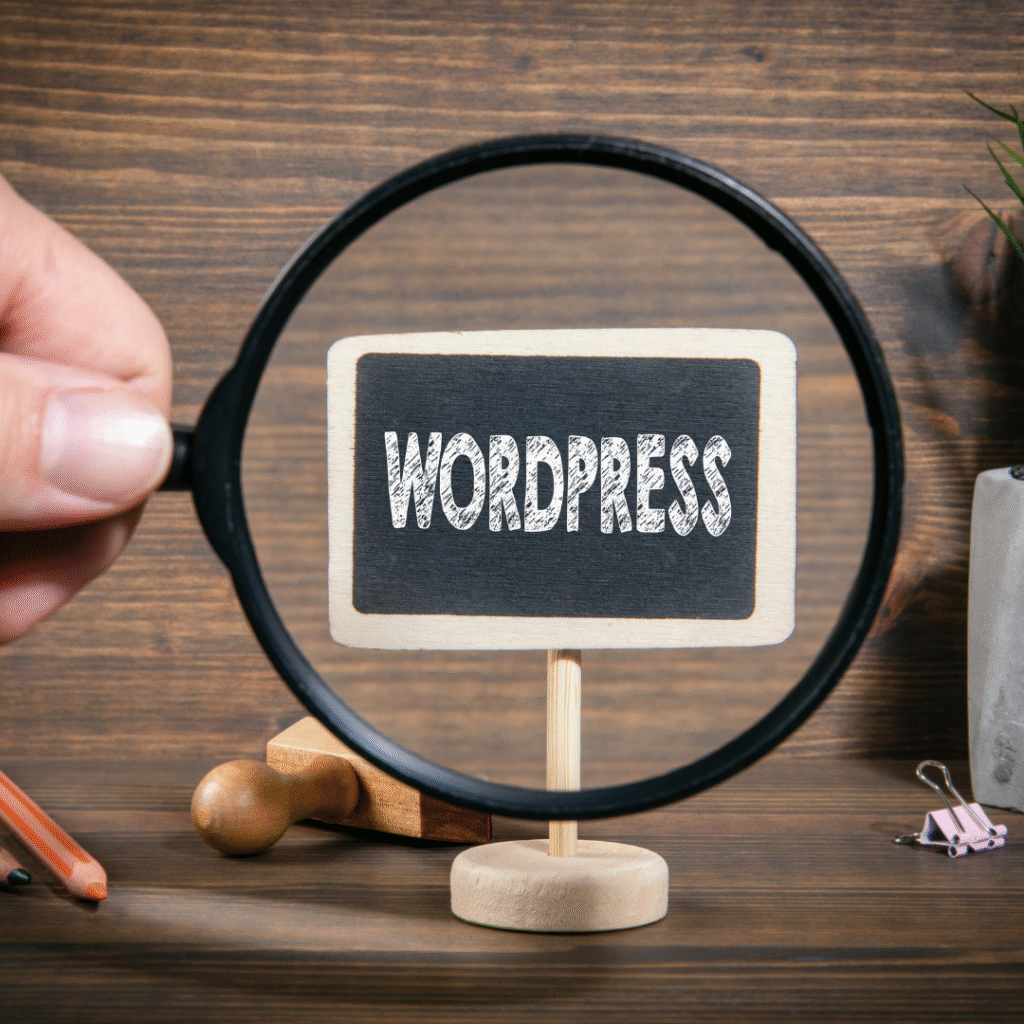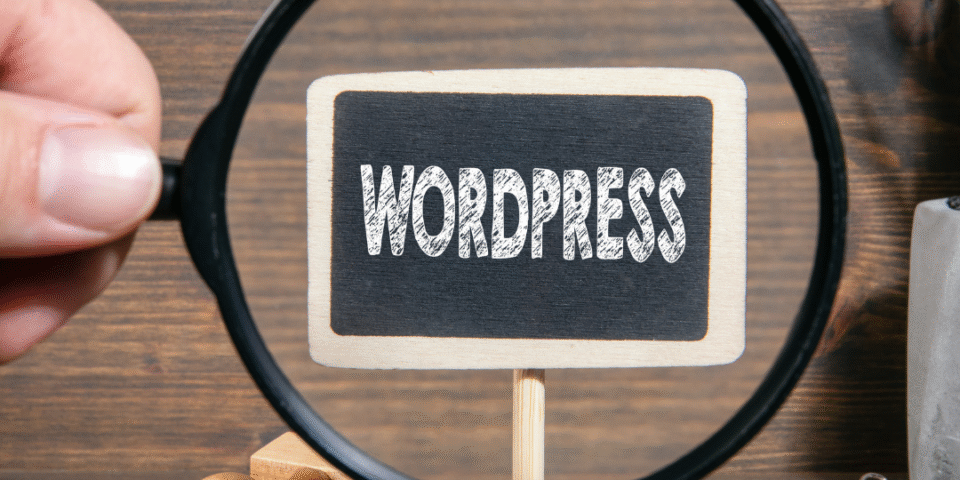The WordPress featured image blog post Divi size is a crucial, yet often overlooked, technical detail that can make or break a reader’s first impression of your pattern, tutorial, or finished object. A blurry, cropped, or slow-loading featured image is the digital equivalent of a dropped stitch—it diminishes the overall quality of the project. Today, we’re diving deep into the technical specifications and best practices to ensure your visual content is as flawless as your tension. The pursuit of the perfect stitch is mirrored in the pursuit of the perfect blog post presentation. For us professional knitting and crochet bloggers, our work isn’t just about the yarn; it’s about showcasing our beautiful, handcrafted pieces in the best light possible.
Why Image Sizing is Critical for Knitting & Crochet Blogs
In the visual world of fiber arts, the featured image is your blog post’s main showcase. It’s what draws a reader in from your blog’s main page, it’s the thumbnail that gets shared on Pinterest and Facebook, and it’s the hero image at the top of your actual post. When you are using the Divi theme by Elegant Themes, which is popular among WordPress users for its versatility, understanding its default sizing behaviors is paramount.

An incorrect WordPress featured image blog post Divi size can lead to several major issues, all of which detract from your content’s professionalism and user experience:
- Awkward Cropping: Divi, especially in its Blog Module grid layouts, will often aggressively crop images to fit a uniform space. If your original image doesn’t match the aspect ratio Divi expects, your beautiful cables or intricate lace might be chopped off, leaving a less-than-ideal visual.
- Blurriness and Pixelation: If you upload a small image and Divi tries to stretch it to fill a larger container, the result is an unsightly blur. This immediately signals a lack of care and professionalism, which is the last thing you want when sharing your expertly crafted knitting or crochet work.
- Slow Page Load Times: Conversely, uploading an excessively large, unoptimized image (say, 4000px wide) will bloat your page size, significantly slowing down your site’s load time. Slow sites frustrate users and, critically, negatively impact your search engine rankings. Google prioritizes fast-loading sites, so a slow site means fewer eyes on your latest knitting pattern.
The Optimal Divi Featured Image Dimensions: A Fact-Based Recommendation
After extensive testing and cross-referencing industry standards and Divi’s default layouts, the most widely recommended and effective dimension for a WordPress featured image blog post Divi size is 1200 pixels wide by 675 pixels high (1200 x 675px).
The Power of the 16:9 Aspect Ratio
This specific dimension uses a 16:9 aspect ratio. This ratio is not arbitrary; it’s a key factor in visual consistency and compatibility across the modern web:
- Divi Blog Module Compatibility: The 16:9 ratio aligns seamlessly with Divi’s default Blog Module layouts, especially in the popular grid or full-width configurations. By ensuring all your featured images adhere to 1200 x 675px, you are guaranteeing that Divi has less need to auto-crop or distort your visuals, leading to a perfectly aligned and professional-looking blog roll.
- Social Media Optimization: This aspect ratio is also favored by major social sharing platforms like Facebook, Twitter, and LinkedIn. When a reader shares your post about a new crochet shawl, the thumbnail preview will display correctly, maximizing the visual appeal and click-through rate.
- Widescreen Standard: 16:9 is the standard widescreen format for most modern screens, from desktop monitors to mobile devices, ensuring your image looks appropriate regardless of how your readers access your knitting blog.
Technical Workflow: Achieving the Perfect Featured Image
Getting the size right isn’t just about selecting the dimensions; it’s a process that requires a few essential steps, all of which should be completed before you ever click the “Upload” button in WordPress.
Step 1: Pre-Upload Resizing and Cropping
Never rely solely on WordPress or Divi to handle resizing. While they can, it’s often at the expense of quality. Use a dedicated image editor like Canva, Adobe Photoshop, or GIMP to manually set the dimensions to 1200 x 675px.
- Cropping for Impact: When cropping your photo to the 16:9 ratio, ensure the focal point—be it the stitch definition, the yarn colorwork, or the finished object—remains central and uncompromised. Your featured image should instantly communicate the essence of the blog post.
Step 2: Image File Format and Compression
Image quality must be balanced with file size for optimal performance. The target file size for a featured image should ideally be under 200 KB, with an absolute maximum of 300 KB.
- File Format: For photographs of your knitting or crochet projects, the JPEG format is best, as it offers excellent compression for images with many colors and gradients. Save your images at a quality setting of around 70-80% to balance size and clarity.
- Lossless Compression: Use optimization tools. Plugins like Smush or external services like TinyPNG compress the file size without any visible loss of quality. This is vital for maintaining a fast-loading website, which is paramount for user satisfaction and SEO.
Step 3: Consistency is Key for Grid Layouts
If you use the Divi Blog Module in a grid (masonry) layout to display multiple posts on your homepage or category pages, image consistency is non-negotiable. If you mix and match aspect ratios—for instance, using a 4:3 image on one post and a 16:9 image on the next—the grid will look jarring and unprofessional. Stick strictly to the 1200 x 675px dimension across all your posts. This commitment to visual uniformity will significantly elevate the aesthetic of your entire fiber arts brand.
Advanced Divi Tips for Featured Images
For those of us who like to delve a little deeper into the Divi Builder, there are ways to fine-tune how the WordPress featured image blog post Divi size is handled, especially when using the Theme Builder.
The Divi Theme Builder and Dynamic Content
Instead of relying on Divi’s default blog page template, which can be restrictive, use the Divi Theme Builder to create a custom single post template. Within this template, you can insert a Post Title Module or a Dedicated Image Module and select the “Featured Image” as the dynamic content source. This gives you granular control over the sizing and styling.
- Custom Widths: If you are using a non-standard column layout (e.g., in a sidebar widget) and need a smaller image, remember the general rule: the image width should match the column width. For instance, in Divi’s default 1080px content area, a full-width featured image within the post content should be 1080px wide. For a standard post list or grid, however, the 1200 x 675px recommendation still provides enough margin for larger displays.
Beyond the Featured Image: In-Content Images
While the focus is on the featured image, remember to optimize the images within your post content—especially for step-by-step crochet or knitting tutorials. These in-content images should also be sized appropriately for your main content column (often 1080px wide in Divi for a single column, or narrower for multi-column layouts) and optimized for file size.
Crafting Content: Linking Your Technical Setup to Your Fiber Arts Niche
Ultimately, the perfect WordPress featured image blog post Divi size serves the purpose of beautifully displaying your craft. Whether you’re sharing a free knitting pattern, a complex crochet technique, or a review of a new yarn, the visual integrity of your image is a silent testimonial to the quality of your work.
As professionals, we understand that attention to detail separates a beautiful garment from an exceptional one. The same principle applies to our online presence. By taking the time to properly size and optimize your images, you’re not just improving your site’s performance; you’re enhancing your brand’s credibility.
For more technical tips on making your fiber arts content shine, including in-depth guides on using specialized tools like a knitting counter or the best yarns for specific garments, I highly recommend checking out the technical resources and patterns available on my site, such as this guide to getting the best stitch definition: Unlocking the Magic: Perfectly Blocking Your Knitted Sweater. Mastering the technical side of blogging is just another needle or hook in your professional toolkit.
A consistent and well-sized WordPress featured image blog post Divi size ensures that when you share your passion for knitting and crochet, the digital presentation is as high-quality as the final project. This attention to detail demonstrates to your audience that every aspect of your blog is managed with professional care, encouraging them to trust your patterns and tutorials implicitly.
Final Thoughts on Visual SEO and Branding
To tie this all back into a successful online strategy, remember to use your featured image not just for aesthetics, but for Visual SEO.
- Alt Text: Always include descriptive and keyword-rich alt text for your featured image. This helps search engines understand what the image is about (e.g., “Hand-knit Aran Cable Sweater featured image“).
- File Name: Name your image file descriptively before uploading (e.g.,
best-divi-featured-image-size-knitting-blog.jpg). - Branding: Consider placing a subtle, non-intrusive watermark or your blog’s name on the image to reinforce your brand when it’s shared across social media.
By adhering to the 1200 x 675px dimension for your WordPress featured image blog post Divi size and implementing the optimization steps, your knitting and crochet content will load faster, look professional, and rank better, allowing your beautiful fiber art to reach the wider audience it deserves.

